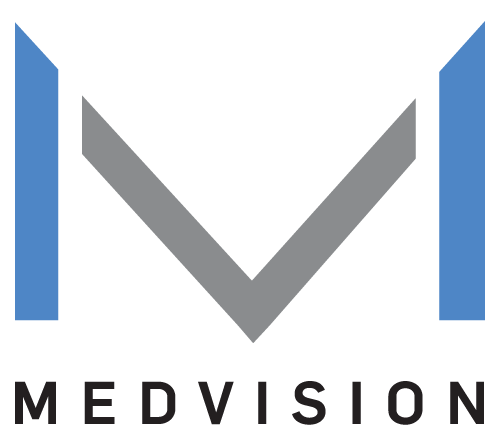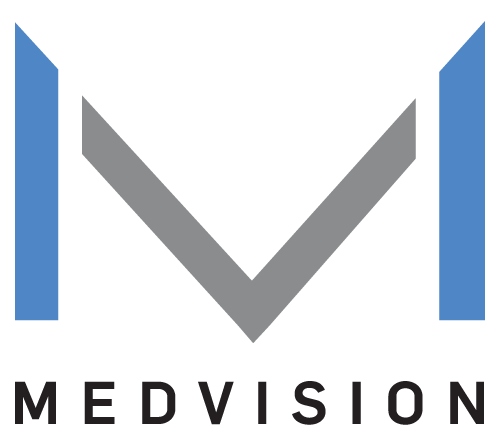Physicians and Nurse Shortages
How PHOs Can Solve Physician and Nurse Shortages
Staffing shortage is a critical issue that affects most, if not all, industries at some point. Primarily for physician-hospital organizations (PHOs), a shortage of physicians and nurses could significantly impact the overall outcomes for patients, providers, and partner organizations. Put simply, physician and nurse shortages need to be dealt with quickly to maintain high-quality patient care, care coordination, and business processes.
Consequences of Physician and Nurse Shortages
PHOs need to provide the best arrangements for both providers and patients. However, delivering comprehensive, integrated, and coordinated healthcare at the right price has its challenges—especially when you’re running short on physicians or nurses.
PHOs that have physician and nurse shortages tend to experience the following issues:
- Lower Quality of Care. The lack of physicians and hospital staff can reduce the quality of care that patients receive. Put simply, you can deliver a higher level of care when your physicians and staff aren’t overloaded with patients.
- Limited Patient Interactions. When you have limited staff, your patients will potentially have to wait longer for their checkups, consultations, and other needs. Additionally, physicians will also have to limit their consultation sessions to accommodate more patients.
- Higher Physician and Staff Workload. Fewer people means more work for your existing staff. Your existing staff may have to shoulder the responsibilities that are required to fulfill your daily operations.
- Overutilized Staff. More workload can cause stress and burnout that could affect the capabilities of your staff. Put simply, overwork can affect the quality of your operations and even cause more staff loss.
- Larger Gaps Between Care Coordination. Fewer nurses and practitioners also mean more care coordination challenges. Effective care coordination requires medical practitioners to gather and deliver essential patient information to the right teams. However, managing hundreds to thousands of patient cases with less staff can lead to discrepancies in data and longer turnaround times.
- Increase Prices for Care and Consultation. Providers may even opt to increase prices to better manage their increasing patient population and workload. Similarly, the need for better staff can lead to higher costs for training and services.
Reasons for Physician and Nurse Shortages
According to an AAMC
report, America is expected to have over 100,000 fewer primary care physicians by 2033. In other words, a shortage of physicians is expected to occur in the coming years. Many factors lead to workforce shortages, and here are some of the reasons:
- Aging Workforce Population. According to an NCBI
study, there are around a million registered nurses who are 50 years or older. This means that within the next decade, a third of the current nursing workforce could be retiring. Along with nurse shortage issues, the coming years could mean a fewer nurse workforce in general.
- Training and Qualification. The time and resources needed to train qualified nurses and medical staff can be costly. Additionally, physicians require extensive education, specialized training, and experience to be qualified. Put simply, the costs for training healthcare professionals can hinder the number of qualified workforce for PHOs.
- Growing Patient Population. Physician and nurse shortages can also occur when there is a significant spike in your patient population. Put simply, an adequate team may fall short when their patient population outnumbers them. The amount of older patient populations is also increasing the demand for more healthcare services and professionals.
How PHOs Can Manage Physician and Nurse Shortages
PHOs and organizations with similar problems can solve their physician and nurse shortages in different ways. As long as you identify the primary cause of your staffing issue, you should be able to choose the best solution. There are many
strategies that organizations can employ to increase physician and nurse applications. The right strategy can even increase staff retention.
Here are a few ideas on how PHOs can address physician and nurse shortages:
- Provide Incentives. With the right incentives, you can help fulfill the needs of your physicians, nurses, and overall staff. For example, providing health benefits, retirement plans, bonuses, and education loans could help motivate your workforce. This
article shows that health benefits, allowances, and bonuses are some of the most prominent incentives for physicians and advanced practitioners.
- Support Training Programs. Providing training programs for resident physicians and nurses can help improve their capabilities. Additionally, training programs can open doors to career opportunities that can benefit your operations in the long run.
- Utilize Third-Party Services. When all else fails, utilizing services from third-party providers can ease your in-house workload. For example, outsourcing some of your processes can help your organization focus its resources on your primary processes.
- Upgrade Your Management System. Finally, utilizing advanced software can help you enhance your in-house capabilities. By doing so, you can use automation tools to reduce manual workloads for your teams. Additionally, an easy-to-use platform for electronic health records (EHR) can help simplify and streamline your physician and nurse workflow.
QuickCap 7 for Physician and Nurse Shortages
QuickCap 7 (QC7) is an advanced management platform that’s specifically designed for healthcare and population management organizations. QC7 has provided management solutions for various clients, such as accountable care organizations (ACOs), independent physician associations (IPAs), management services organizations (MSOs), and physician-hospital organizations.
Here are some ways that PHOs can use QC7 for their physician and nurse shortage needs:
- Automation Features. QC7’s automation features allow you to process data with more efficiency and accuracy. Process claims instantly with rule-based parameters that allow you to set up how your claims should be handled. Auto route your authorizations and referrals to the right reviewers whenever necessary. QC7 has diverse tools that allow you to automate different aspects of your workflow and reduce workloads for your staff.
- Workflow Dashboards. Take advantage of QC7’s dashboards to help your leaders better manage your limited workforce. QC7 has various dashboards for each of your teams, departments, and processes. As a result, you have a full view of your workload so you can delegate tasks more effectively.
- Communication Tools. Through diverse communication tools, QC7 allows you to bridge the gap between physicians, care teams, and overall care coordination. QC7 has built-in tools, such as reviewer notes and case management features, that your staff can use to inform each other. You can also utilize different built-in communication tools, like instant messaging, emails, fax, and alerts, to ensure everyone in your network has the right information.
- QC7’s holistic approach to solving population health management challenges makes it the perfect platform for PHOs, IPAs, ACOs, PHOs, MSOs, third-party organizations, and specialized networks. QC7 has comprehensive features that are perfect for claims processing, contract management, member eligibility, and more!
Want to enhance your business?
Click here to discover more QC7 features that can help PHOs overcome challenges!











